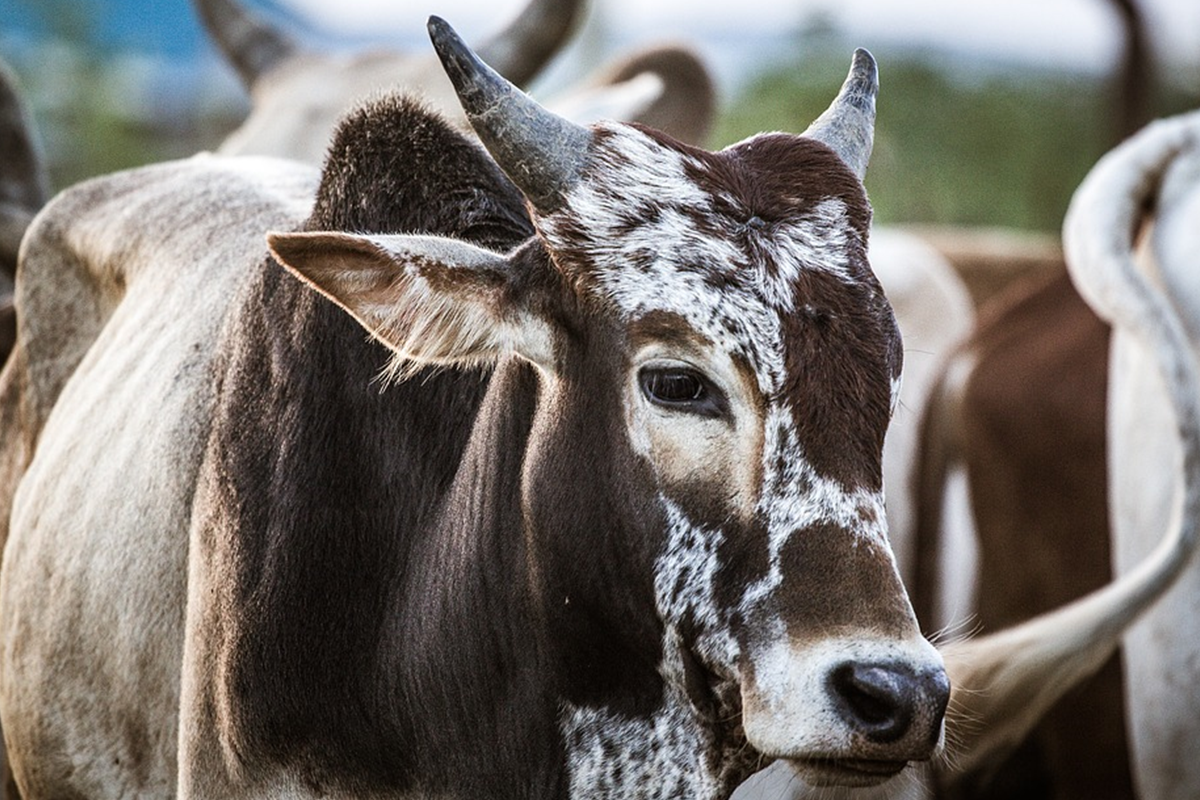Agriculture climato-intelligente à Madagascar Climate-smart agriculture in Madagascar
Madagascar occupe actuellement le 5ème rang mondial des pays les plus exposés aux risques dus au changement climatique et le 1er pays exposé en Afrique. Durant 30 ans depuis 1980, des aléas naturels notamment des sécheresses, tremblements de terre, épidémies, inondations, cyclones et températures extrêmes, ont causé des dommages économiques de plus de 1 milliard USD à Madagascar et le secteur agricole est parmi les secteurs durement touchés. Et selon les projections, ces risques devraient s’aggraver dans le futur. Face à cela, la FAO avec un financement du marché commun de l’Afrique Orientale et Australe (COMESA) en collaboration avec la communauté de l’Afrique de l’Est (EAC) et de la Communauté de développement de l’Afrique australe (SADC) a mis en œuvre le programme intitulé : « Programme sur l’adaptation et la mitigation au changement climatique dans les régions est et Sud de l’Afrique ». L’objectif de ce programme est d’appuyer la mise à l’échelle de l’adoption des techniques d’Agriculture Climato-Intelligente afin de renforcer les moyens de subsistance et d’assurer la sécurité alimentaire des petits producteurs dans les régions de l’Afrique de l’Est et Australe dont Madagascar.









